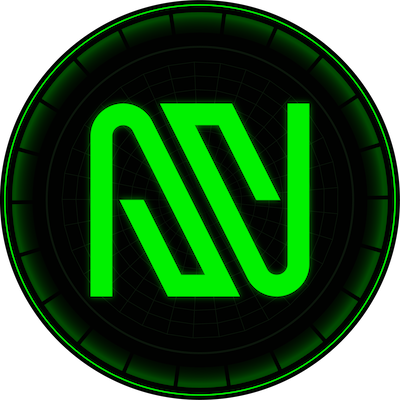Explore the intersection of Walrus, Binance HODLer Airdrops, and the future of decentralized data storage. Get the latest insights and analysis.

Walrus, Binance, and Airdrops: Diving Deep into Decentralized Storage
The world of crypto never sleeps, and neither do the innovations happening within it. Lately, the buzz surrounds Walrus (WAL), a decentralized storage solution, and its integration with Binance through the HODLer Airdrops program. Let's break down what's happening and why it matters.
What is Walrus?
Walrus isn't your typical data storage system. It's designed for blockchain applications and autonomous agents, providing a cost-effective and scalable way to store large, unstructured data. Think media files, AI datasets, and even blockchain archives. The key is its innovative erasure-coding algorithm called "Red Stuff," which ensures fast recovery with minimal replication overhead. It's efficient, secure, and built for the demands of the decentralized web.
Walrus and Binance HODLer Airdrops
Binance, the crypto exchange giant, has been featuring Walrus on its HODLer Airdrops program. This means that users who held BNB in Simple Earn or On-Chain Yields products during specific periods (like October 1-3, 2025) were eligible to receive WAL tokens. It's a way for Binance to reward its users and introduce them to promising new projects like Walrus. The 50th project to be presented on Binance HODLer Airdrops with a “Seed Tag” applied is Walrus(WAL).
The WAL Token: Powering the Ecosystem
The WAL token is the lifeblood of the Walrus ecosystem. It's used for various purposes, including payment for data storage, securing the network through staking, and governance. WAL holders can participate in decision-making processes, ensuring the protocol remains decentralized and adaptable. The total and maximum supply for WAL remains fixed at 5,000,000,000 tokens.
Walrus Sites: Decentralized Web Hosting
One of the coolest features of Walrus is Walrus Sites. These are decentralized websites hosted directly on the Walrus and Sui networks, offering an alternative to traditional web hosting. Developers can upload static files, and the content is stored permanently on the network, resistant to censorship. It's a glimpse into a future where websites are truly decentralized.
Why This Matters
The integration of Walrus with Binance highlights a growing trend: the convergence of decentralized storage and mainstream crypto platforms. As blockchain applications become more data-intensive, the need for efficient and secure storage solutions like Walrus will only increase. The Binance HODLer Airdrops program provides a valuable avenue for introducing these innovations to a wider audience.
A Word on Recent Market Volatility
Of course, it's impossible to talk about crypto without acknowledging the recent market volatility. While Binance has announced measures to support users affected by market downturns, it's a reminder of the risks involved in crypto trading. However, it is not relevant to Walrus. Binance clarified that the exchange does not “accept liability for users’ losses,” saying the move is designed to “rebuild industry confidence.”
Final Thoughts
Walrus represents an exciting development in the world of decentralized storage. Its integration with Binance through the HODLer Airdrops program is a testament to its potential. As the crypto space continues to evolve, projects like Walrus will play a crucial role in shaping the future of the decentralized web. So, keep an eye on Walrus – it might just be the next big thing in crypto storage. Who knew a walrus could be so tech-savvy?























































































